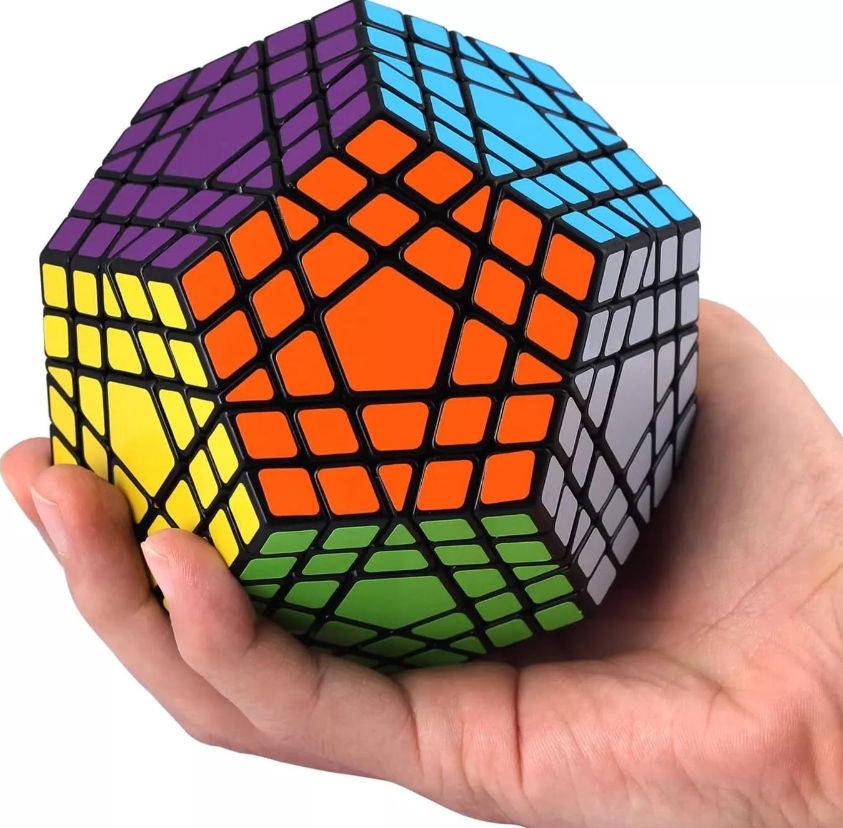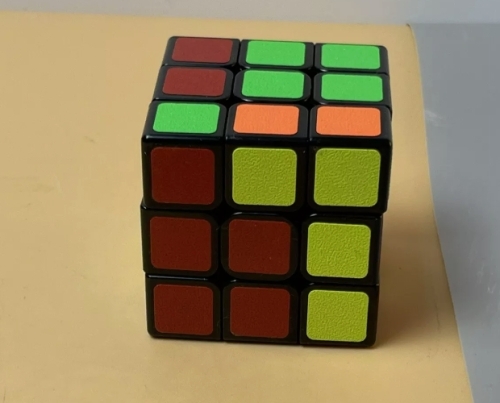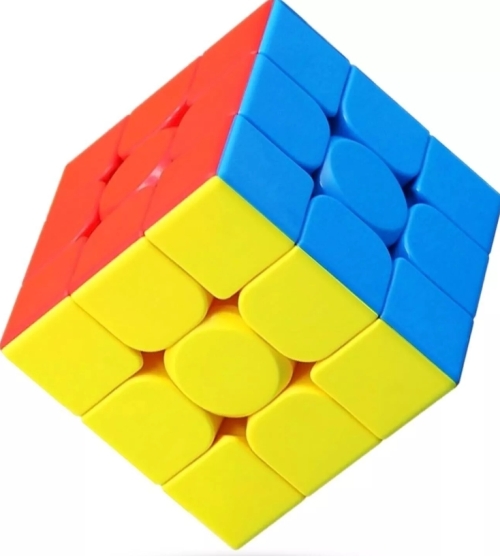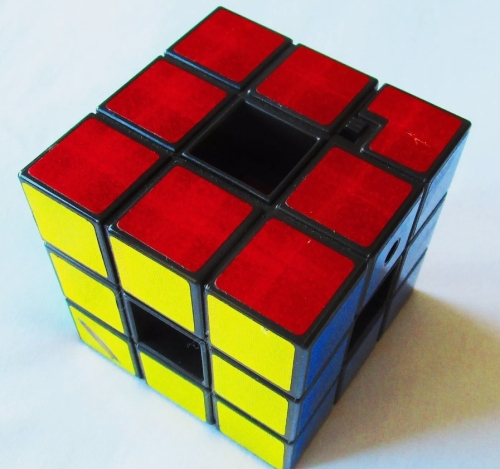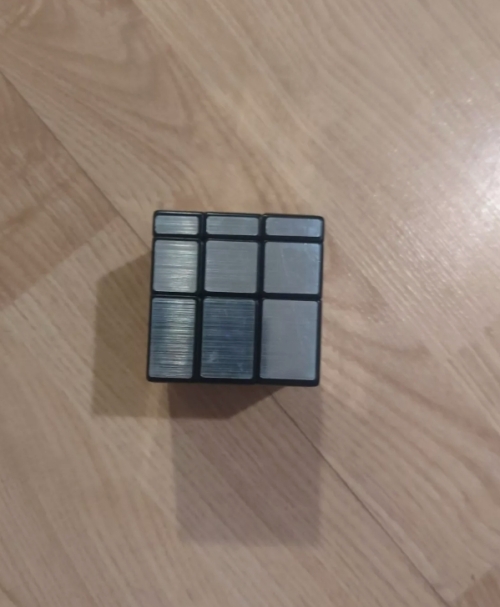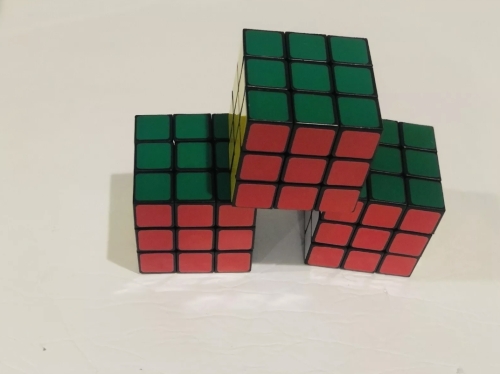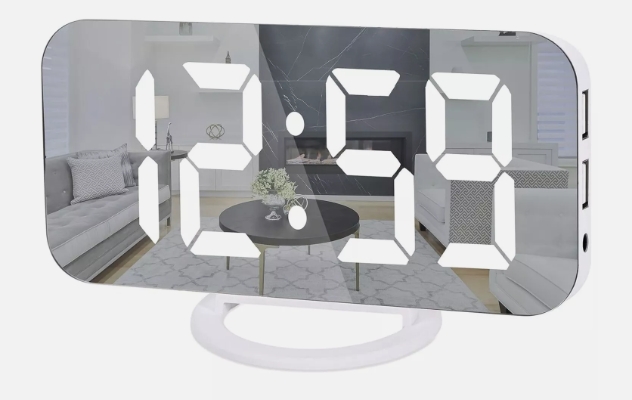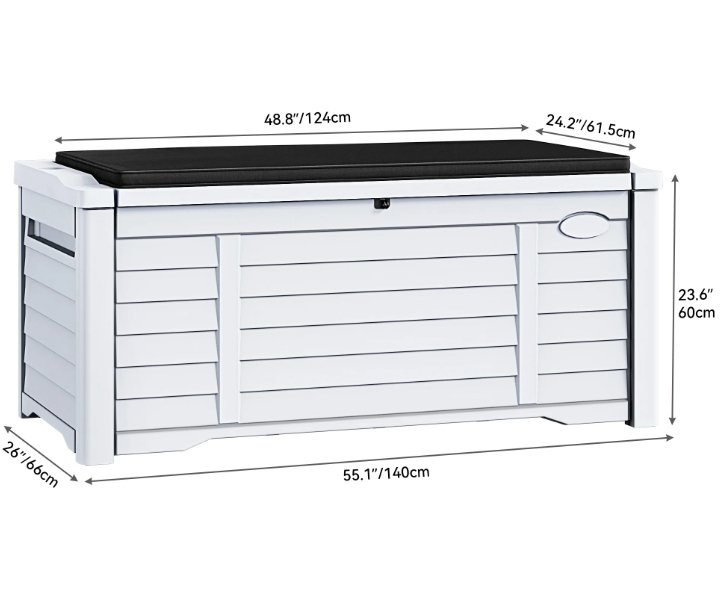Rubik's Cube, as a classic three-dimensional educational toy, has quickly swept the world since it was invented in 1974. It is not only an intellectually challenging game, but has also become a hobby and even an art in many people's lives. The basic structure of a Rubik's cube is made up of six faces, each with nine small squares, ideally each of which is made up of small squares of the same color. Its goal is to return to a single color on each side after several rotations.
Playing the Rubik's Cube requires not only observation and memory, but also logical thinking and spatial imagination. For beginners, mastering the basic reduction method is the first step. Common solutions include chromatography and CFOP, among which CFOP is widely used in speed cube competitions. By learning different formulas and steps, players can continuously improve their skill and speed, and even gradually challenge higher-level solutions.
In recent years, with the development of science and technology, the types of Rubik's cubes have become increasingly rich. From the traditional third-order Rubik's cube to the fourth-order, fifth-order or even higher-order Rubik's cube, there are even some special-shaped Rubik's cubes with more complex shapes, attracting the attention of more enthusiasts. At the same time, with the popularity of the Internet and social media, the communication and sharing of Rubik's cube has become more convenient. Players can learn new skills, share their experience and participate in various competitions through videos, forums and other channels.
Rubik's Cube is not just a simple game, it also has a positive psychological and physical effect. Focusing on the process of solving the Rubik's cube can effectively improve one's attention and concentration. In the process of constantly challenging themselves, players can also develop problem-solving skills and perseverance. For young people, the Rubik's Cube is an important tool to promote logical thinking and creativity.

